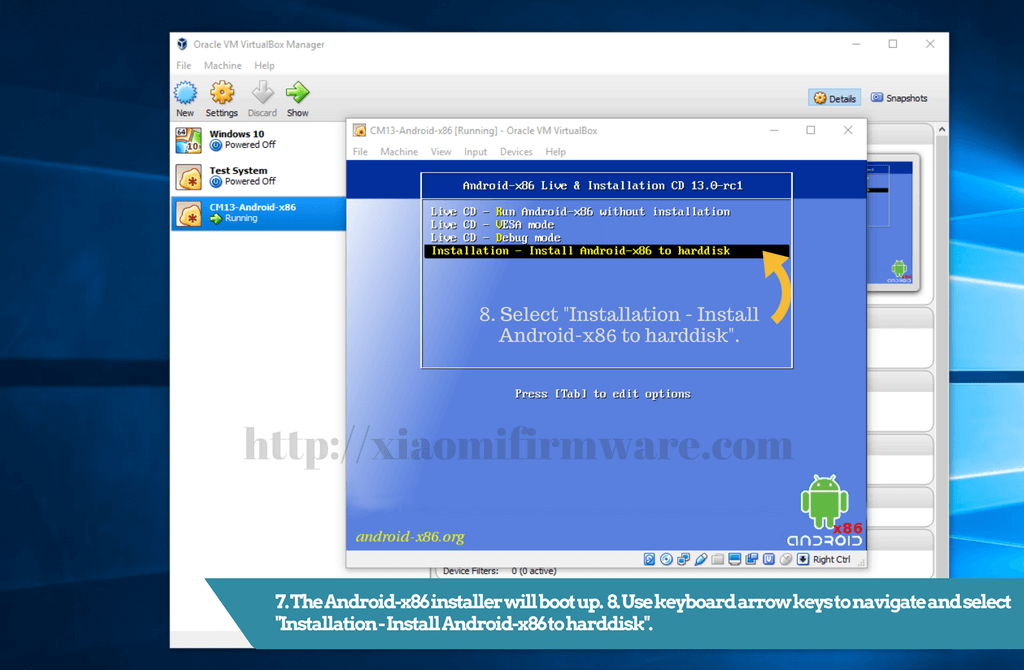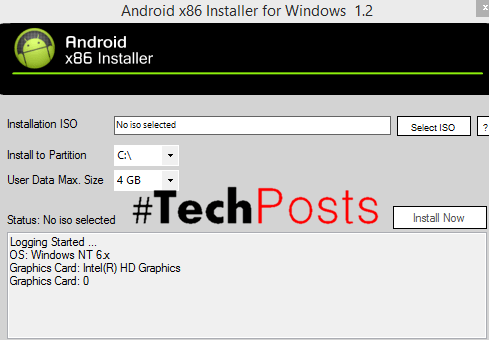

It is possible to find a user compiled version, but it is not an easy task.įor everything else, it is surprising that moves quite freely, so it is worth a try. For example, Kodi has not updated its version for Android-x4 for 86 years, so it does not work if we download it from an app store. LineageOS yes us allows to use GApps (Google services) on your Android-x86, but there are apps that cannot be used on that architecture. Keep in mind that Google does not support the desktop version of Android. GApps available, but not everything will work Once inside, the recommended launcher is the one with the LineageOS logo, that is, "Trebuchet launcher". It is to fill in the fields to choose the language, connect to a WiFi network, if we want to use our Google account, etc. Once we start from the USB, the installation wizard will start.

Finally, we start from the USB in which we have installed LineageOS.You can choose "Reboot" (reboot) and thus we make sure that we remove the LiveUSB so that it starts from Android. This has worked for me, but I don't know whether to recommend it. After the installation, we can choose "Run LineageOS".We wait for the formatting and writing job to finish.It tells us that we have chosen "Auto installation" and that EVERYTHING that is in that unit will be eliminated.

It will also help to check the size of the disk. We have to choose where it says "Removable" and "USB DISK". Be careful here, this is the most delicate step: if we choose "Harddisk" we will screw up the hard disk of the PC.


 0 kommentar(er)
0 kommentar(er)
